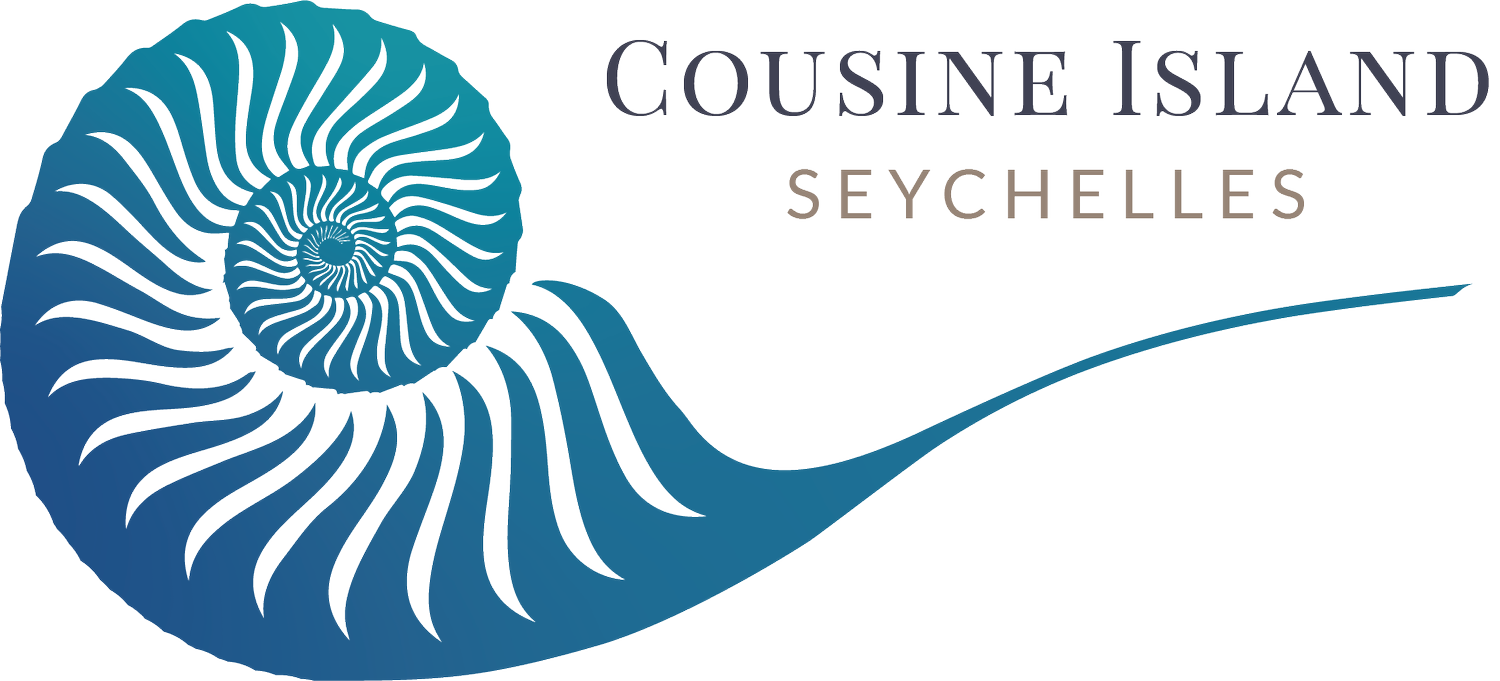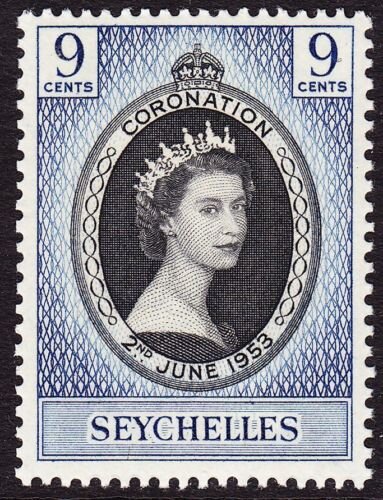Our Island Nation
Welcome to the Seychelles
Seychelles, officially the Republic of Seychelles, is an archipelago country in the Indian Ocean. The capital of the 115-island country, Victoria, lies 1,500 kilometres (932 mi) east of mainland East Africa. Other nearby island countries and territories include Comoros, Mayotte (region of France), Madagascar, Réunion (region of France) and Mauritius to the south; as well as the Maldives and Chagos Archipelago to the east. With a population of roughly 94,367, it has the smallest population of any sovereign African country.
History
The Seychelles were uninhabited throughout most of recorded history. Some scholars assume that Austronesian seafarers and later Maldivian and Arab traders were the first to visit the uninhabited Seychelles. The earliest recorded sighting by Europeans took place on 15 March 1503, recorded by Thomé Lopes aboard "Rui Mendes de Brito" part of the fleet of the Portuguese Admiral Vasco da Gama. Da Gama's ships passed close to an elevated island, probably Silhouette Island and the following day Desroches Island. The earliest recorded landing was in January 1609, by the crew of the "Ascension" under Captain Alexander Sharpeigh during the fourth voyage of the British East India Company.
A transit point for trade between Africa and Asia, the islands were said to be occasionally used by pirates until the French began to take control starting in 1756 when a Stone of Possession was laid on Mahé by Captain Nicholas Morphey. The islands were named after Jean Moreau de Séchelles, Louis XV's Minister of Finance.
“The islands were named after Jean Moreau de Séchelles, Louis XV’s Minister of Finance.”
The British frigate "Orpheus" commanded by Captain Henry Newcome arrived at Mahé on 16 May 1794. Terms of capitulation were drawn up and the next day Seychelles was surrendered to Britain. Jean Baptiste Quéau de Quincy, the French administrator of Seychelles during the years of war with the United Kingdom, declined to resist when armed enemy warships arrived. Instead, he successfully negotiated the status of capitulation to Britain which gave the settlers a privileged position of neutrality.
Britain eventually assumed full control upon the surrender of Mauritius in 1810, formalised in 1814 at the Treaty of Paris. Seychelles became a crown colony separate from Mauritius in 1903. Elections were held in 1966 and 1970.
1953 stamp with portrait of Queen Elizabeth II
Independence
Independence was granted in 1976 as a republic within the Commonwealth. In the 1970s Seychelles was "the place to be seen, a playground for film stars and the international jet set". In 1977, a coup d'état by France Albert René ousted the first president of the republic, James Mancham. René discouraged over-dependence on tourism and declared that he wanted "to keep the Seychelles for the Seychellois".
The 1979 constitution declared a socialist one-party state, which lasted until 1991. The first draft of a new constitution failed to receive the requisite 60% of voters in 1992, but an amended version was approved in 1993.
Geography
An island nation, Seychelles is located in the Indian Ocean, northeast of Madagascar and about 1,600 km (994 mi) east of Kenya. The Constitution of Seychelles lists 155 named islands and a further 7 reclaimed islands have been created subsequent to the publication of the Constitution. The majority of the islands are uninhabited, with many dedicated as nature reserves.
A group of 44 islands (42 granitic and 2 coralline) occupy the shallow waters of the Seychelles Bank and are collectively referred to as the inner islands. They have a total area of 244 km2, comprising 54% of the total land area of the Seychelles and 98% of the entire population.
Climate
The climate is equable although quite humid, as the islands are small, classified by Köppen-Geiger system as tropical rain forest. The temperature varies little throughout the year. Temperatures on Mahé vary from 24 to 30 °C (75 to 86 °F), and rainfall ranges from 2,900 mm (114 in) annually at Victoria to 3,600 mm (142 in) on the mountain slopes. Precipitation is somewhat less on the other islands.
During the coolest months, July and August, the average low is about 24 °C (75 °F). The southeast trade winds blow regularly from May to November, and this is the most pleasant time of the year. The hot months are from December to April, with higher humidity (80%). March and April are the hottest months, but the temperature seldom exceeds 31 °C (88 °F). Most of the islands lie outside the cyclone belt, so high winds are rare.
Wildlife
Seychelles is among the world's leading countries to protect lands for threatened species, allocating 42% of its territory for conservation. Like many fragile island ecosystems, Seychelles saw the loss of biodiversity when humans first settled in the area, including the disappearance of most of the giant tortoises from the granitic islands, the felling of coastal and mid-level forests, and the extinction of species such as the chestnut flanked white eye, the Seychelles parakeet, and the saltwater crocodile. However, extinctions were far fewer than on islands such as Mauritius or Hawaii, partly due to a shorter period of human occupation (since 1770). Seychelles today is known for success stories in protecting its flora and fauna. The rare Seychelles black parrot, the national bird of the country, is now protected.
Seychelles Paradise-flycatcher
The granitic islands of Seychelles are home to about 75 endemic plant species, with a further 25 or so species in the Aldabra group. Particularly well known is the coco de mer, a species of palm that grows only on the islands of Praslin and neighbouring Curieuse. Sometimes nicknamed the "love nut" because the shape of its "double" coconut resembles buttocks, the coco-de-mer produces the world's heaviest seed. The jellyfish tree is to be found in only a few locations on Mahé. This strange and ancient plant in a genus of its own (Medusagyne) seems to reproduce only in cultivation and not in the wild. Other unique plant species include Wright's gardenia (Rothmannia annae) found only on Aride Island Special Reserve.
The freshwater crab genus Seychellum is endemic to the granitic Seychelles, and a further 26 species of crabs and five species of hermit crabs live on the islands.
The Aldabra giant tortoise now populates many of the islands of Seychelles; the Aldabra population is the largest remaining.
There are several unique species of orchid on the islands.
Seychelles hosts some of the largest seabird colonies in the world, notably on the outer islands of Aldabra and Cosmoledo. In granitic Seychelles the largest colonies are on Aride Island including the world's largest numbers of two species. Sooty terns also breed on the islands. Other birds include Cattle egrets (Bubulcus ibis) and Fairy terns (Gygis alba).
The marine life around the islands, especially the more remote coral islands, can be spectacular. More than 1,000 species of fish have been recorded.



